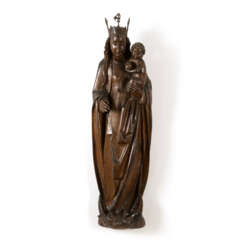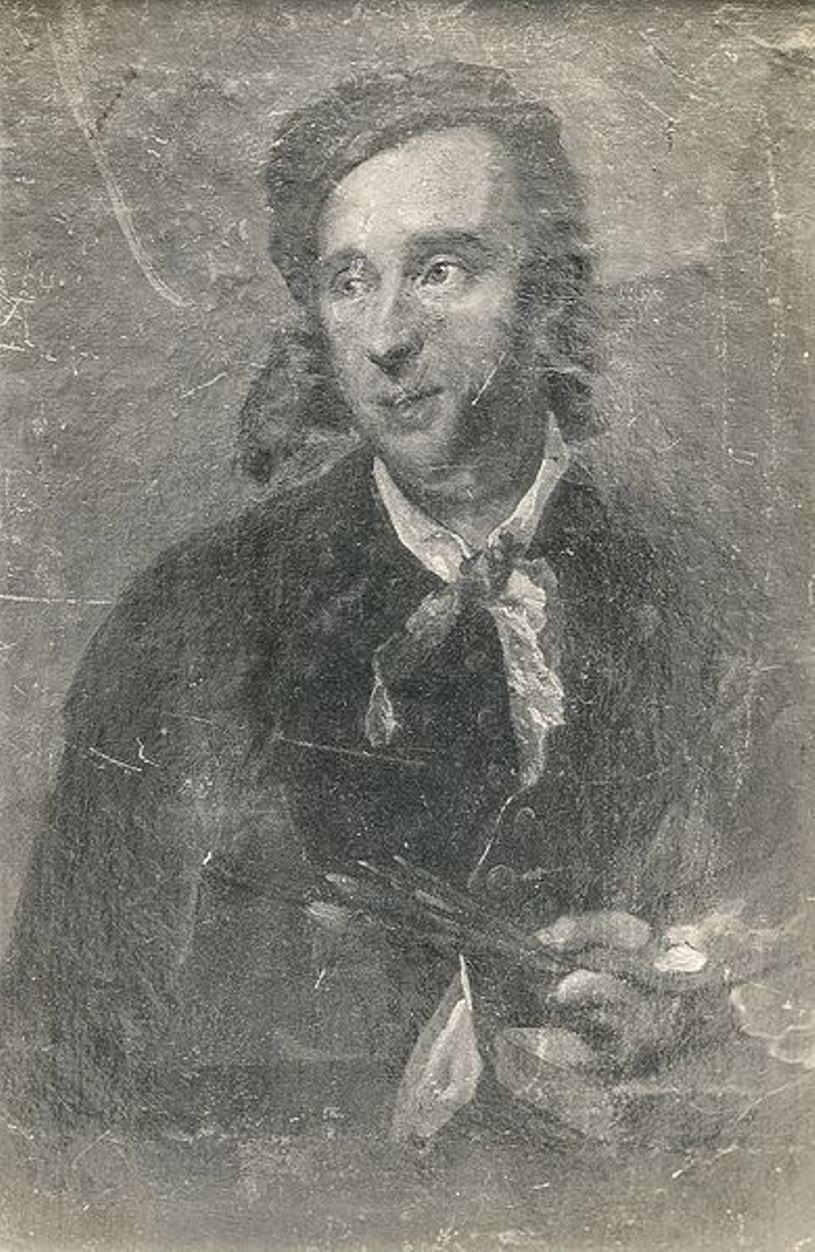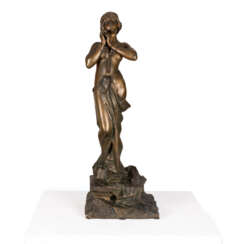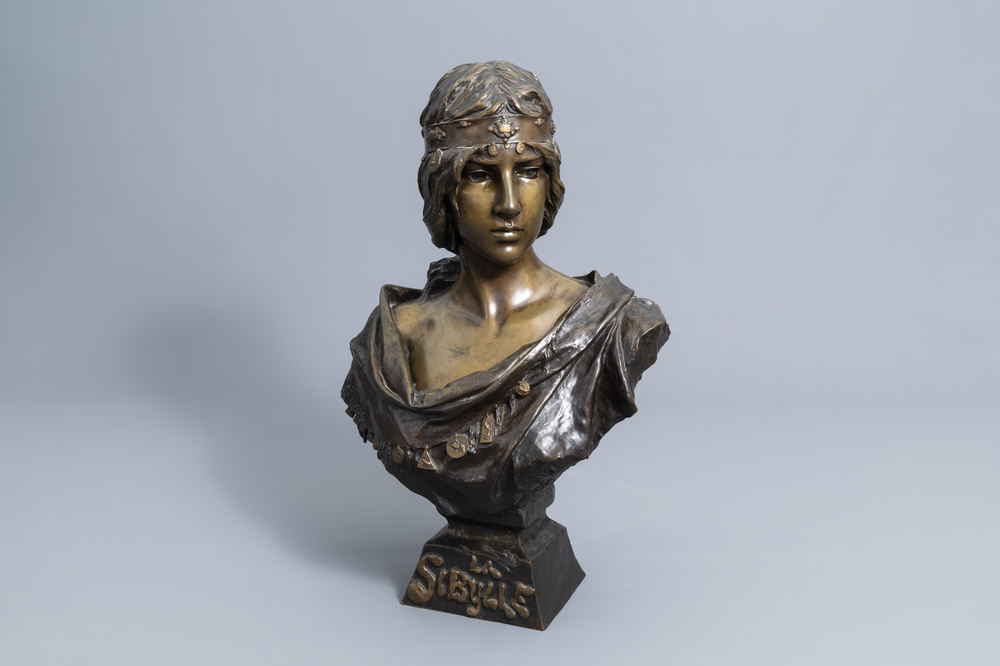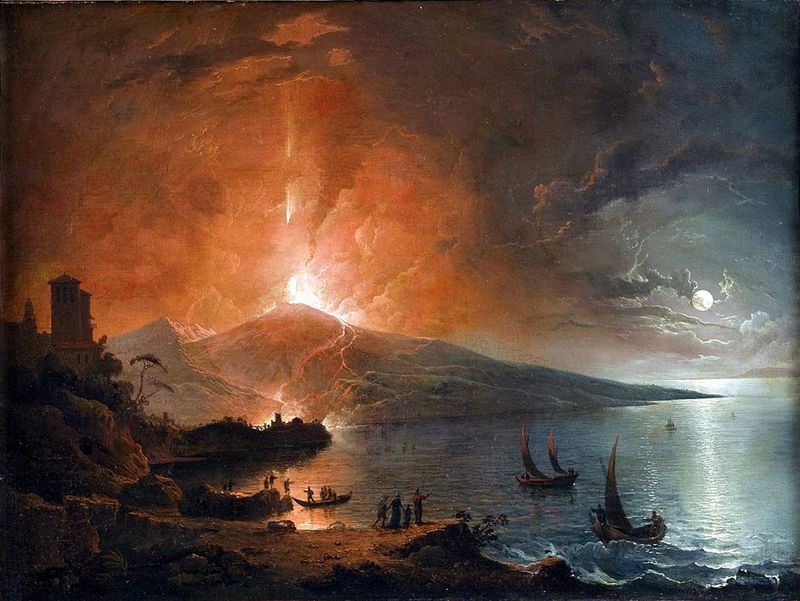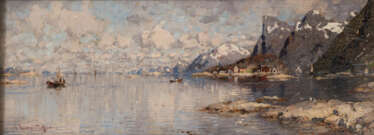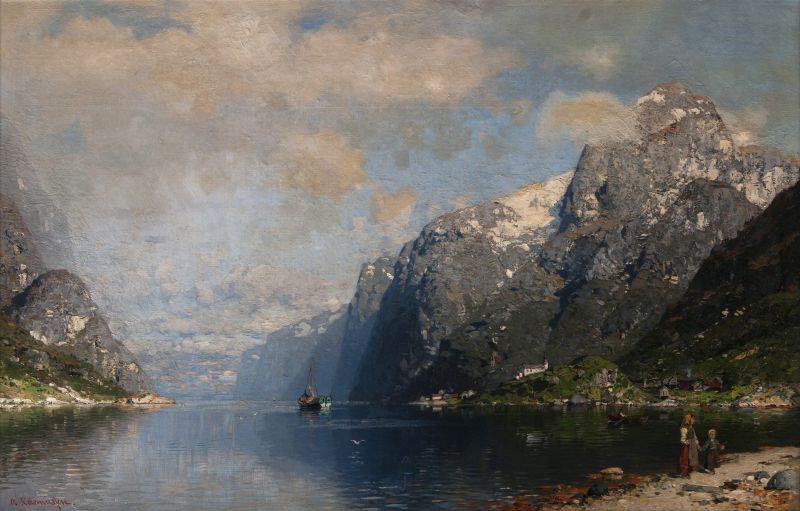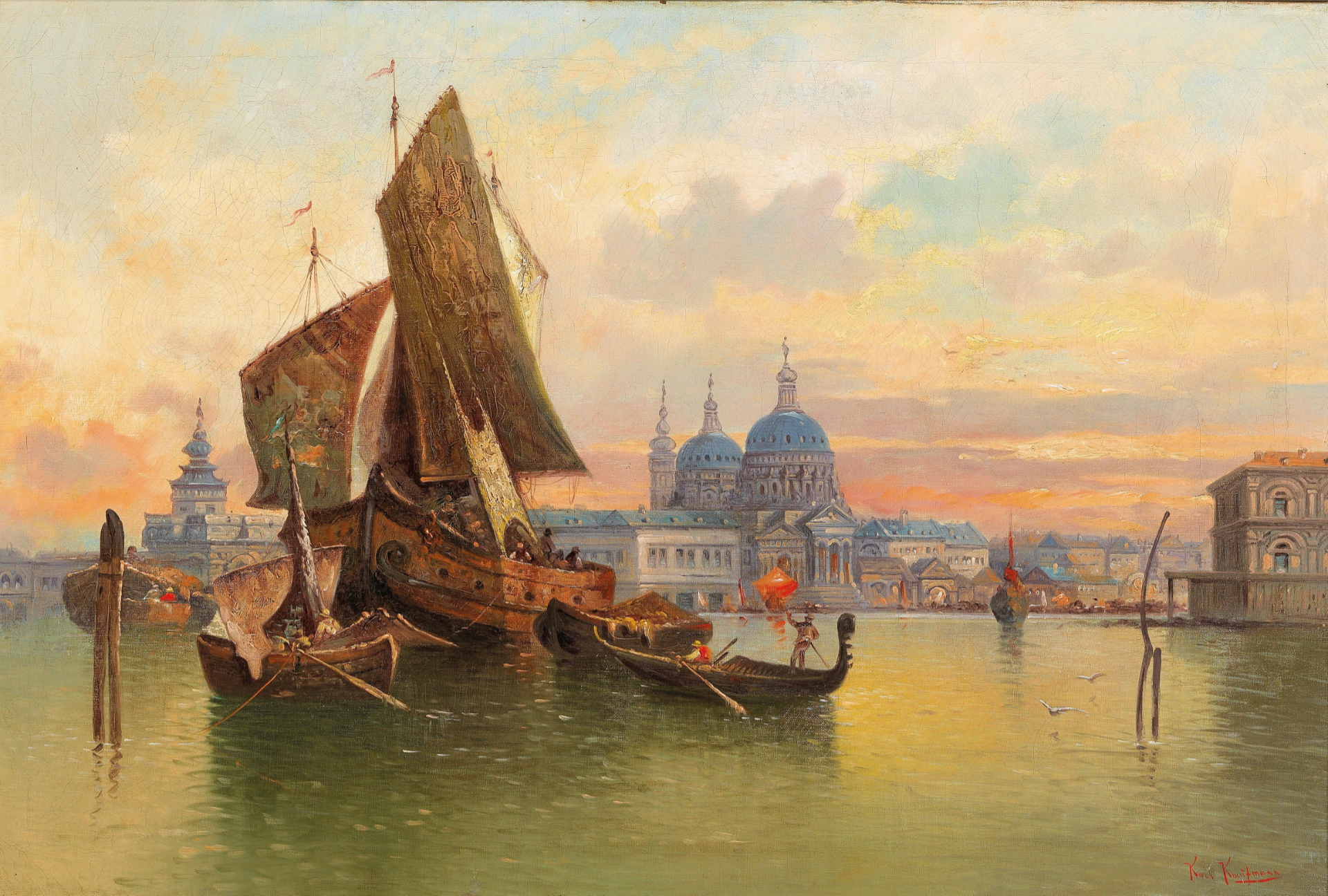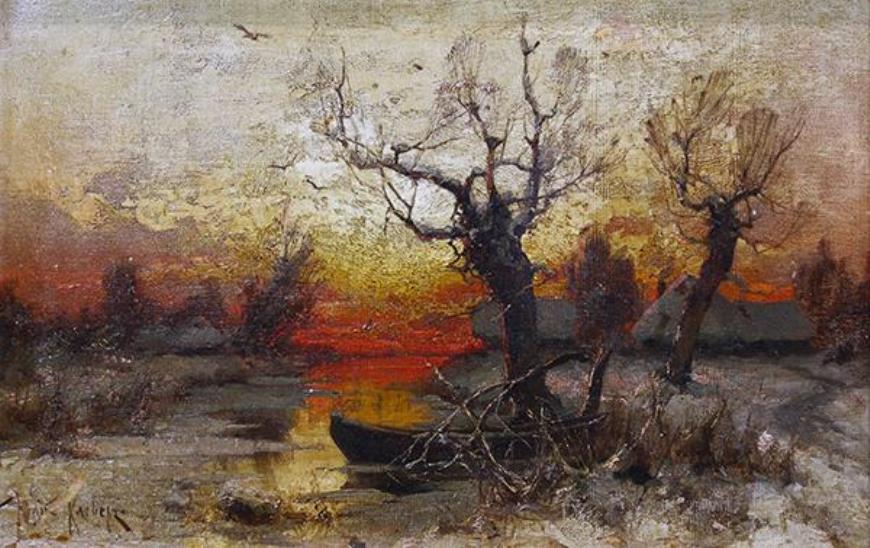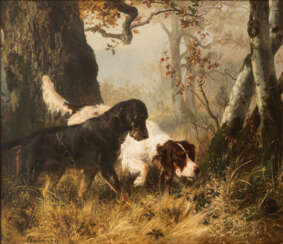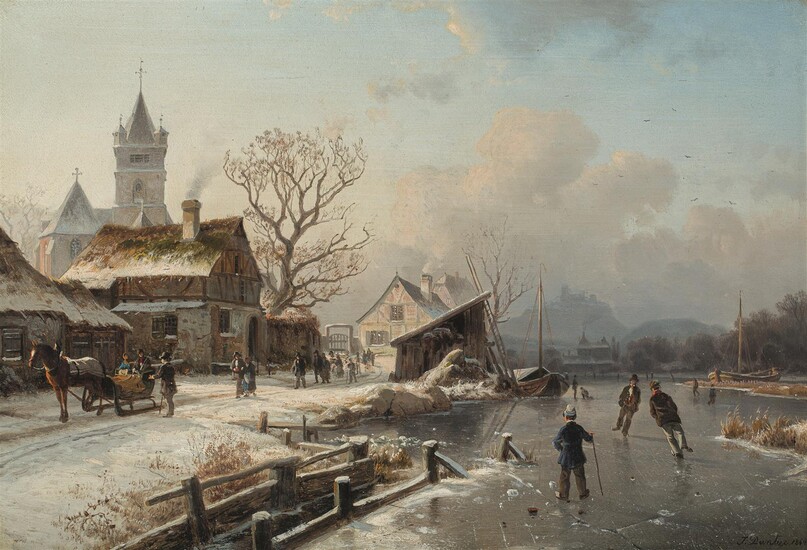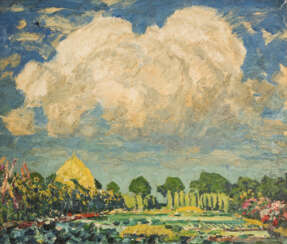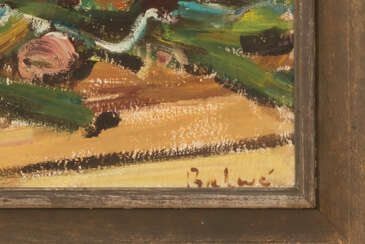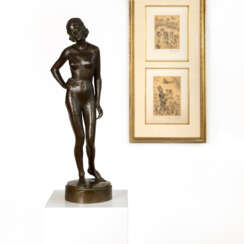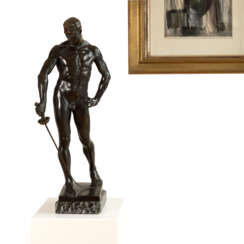
Alte Kunst | Moderne & Zeitgenössische Kunst
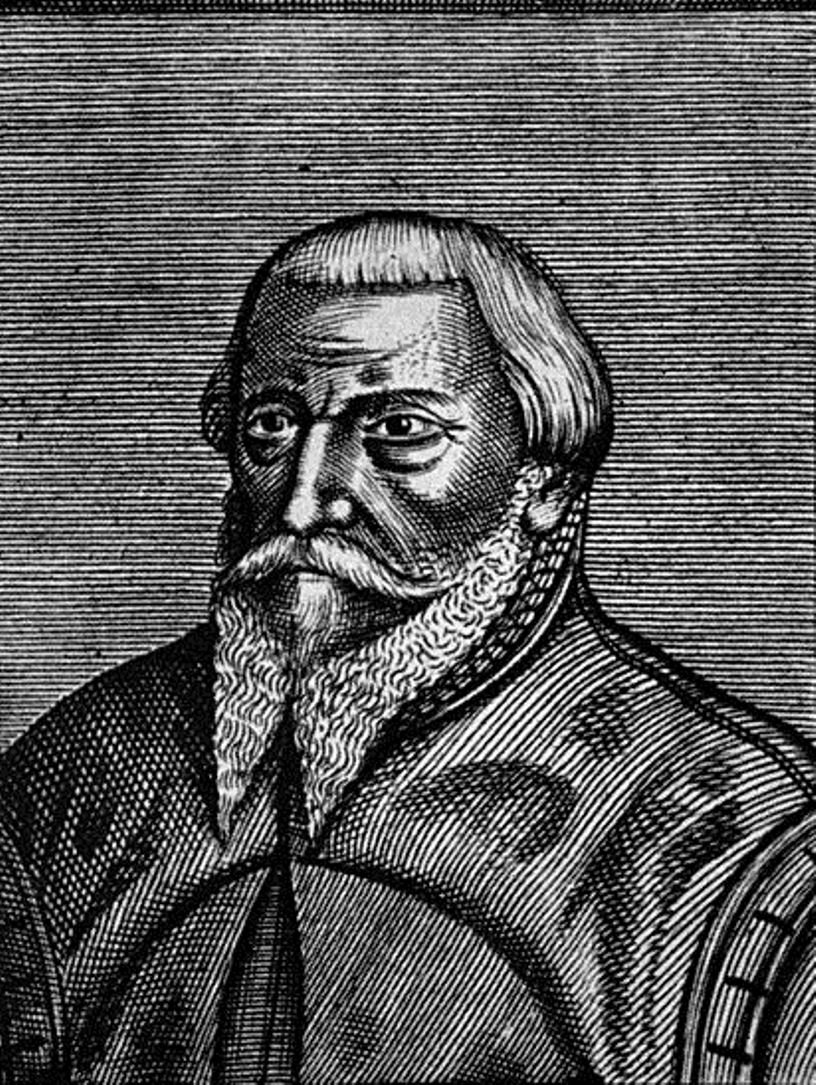
Veit Stoß war ein bedeutender deutscher Bildhauer, dessen Werk den Übergang von der Spätgotik zur nördlichen Renaissance markiert. Der um 1450 in der Nähe von Horb am Neckar geborene Stoß ist für seinen gefühlsbetonten Stil und seine filigranen Schnitzereien, vor allem in Holz, bekannt. Sein Hauptwerk, der 1489 vollendete Veit-Stoß-Altar in der Krakauer Marienkirche, ist ein Zeugnis seines handwerklichen Könnens und gilt als eines der größten Triptychen seiner Zeit.
Nach seiner Rückkehr nach Nürnberg im Jahr 1496 geriet Stoß in Turbulenzen, unter anderem wurde er wegen Fälschung verurteilt, aber schließlich begnadigt. Seine späteren Werke, wie der "Tobias und der Engel", zeigen weiterhin sein außergewöhnliches Talent und wurden sogar von Kritikern wie Giorgio Vasari bewundert.
Für alle, die sich für die Kunst der Bildhauerei und die Geschichte der Renaissance interessieren, bieten die Werke von Stoß einen tiefen Einblick in die Kunst dieser Epoche. Seine Werke, die sich in verschiedenen Museen befinden, geben einen Einblick in eine entscheidende Zeit der Kunstgeschichte.
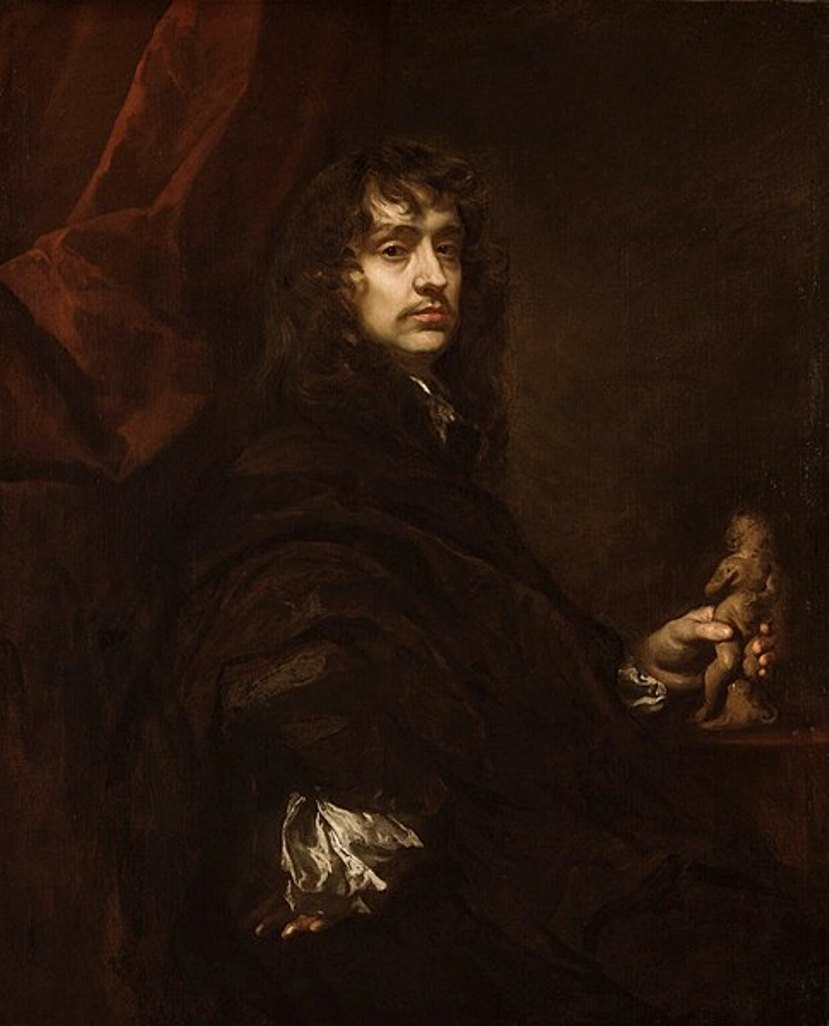
Peter Lely, née Pieter van der Faes, was an English painter of Dutch origin, a member of the Guild of St. Luke in Haarlem.
In England his talent as a portrait painter was very highly regarded, he became a British subject and was knighted. For many years Lely had the title of the most fashionable portrait painter in England. He was the chief portrait painter at the court of Kings Charles I and Charles II. Lely painted many portraits of noble knights and ladies of the court.
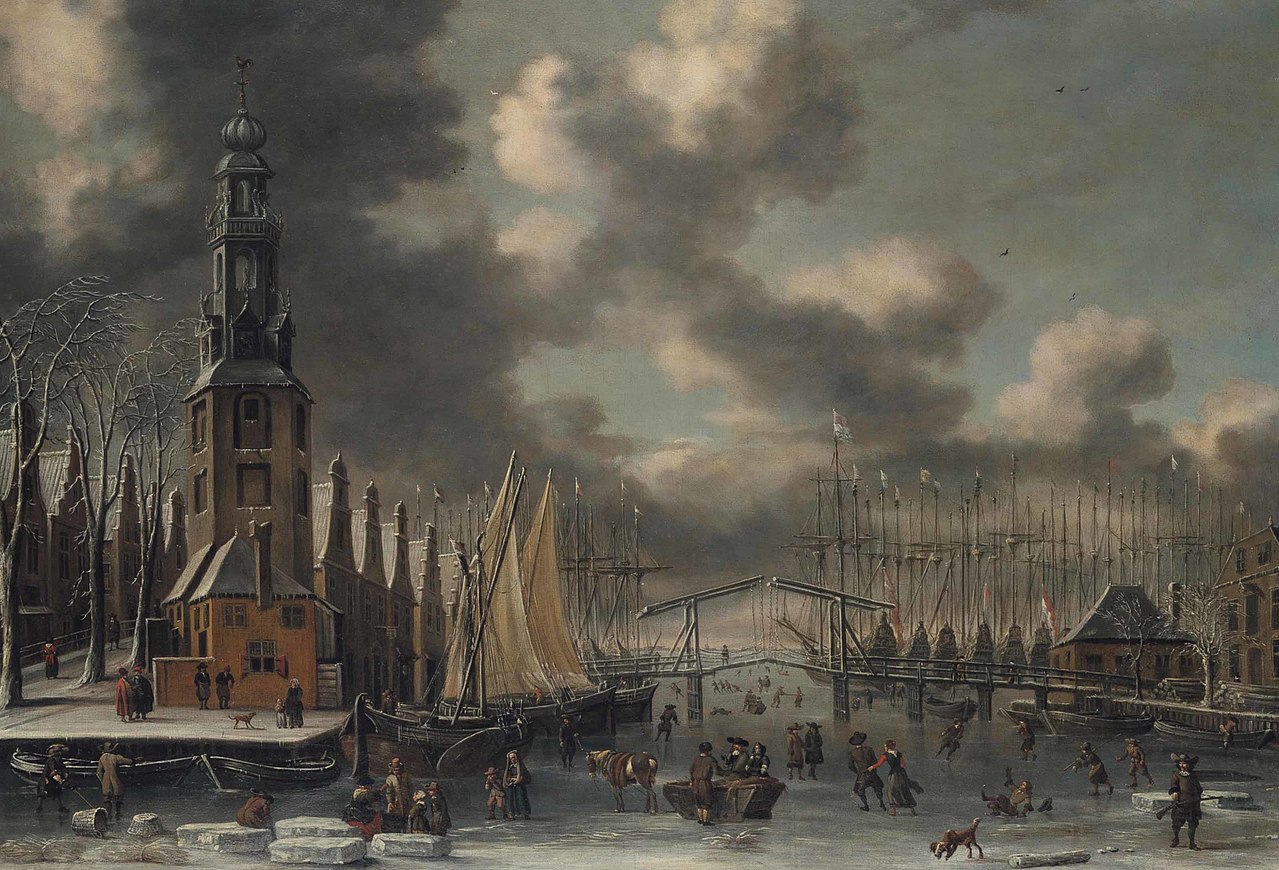
Thomas Heeremans was a Dutch painter and art dealer. He is known for his landscapes of winter scenes, cityscapes, harbor scenes, beach views, river views and village scenes. He was influenced by Klaes Molenaer, a slightly older painter also from Haarlem.
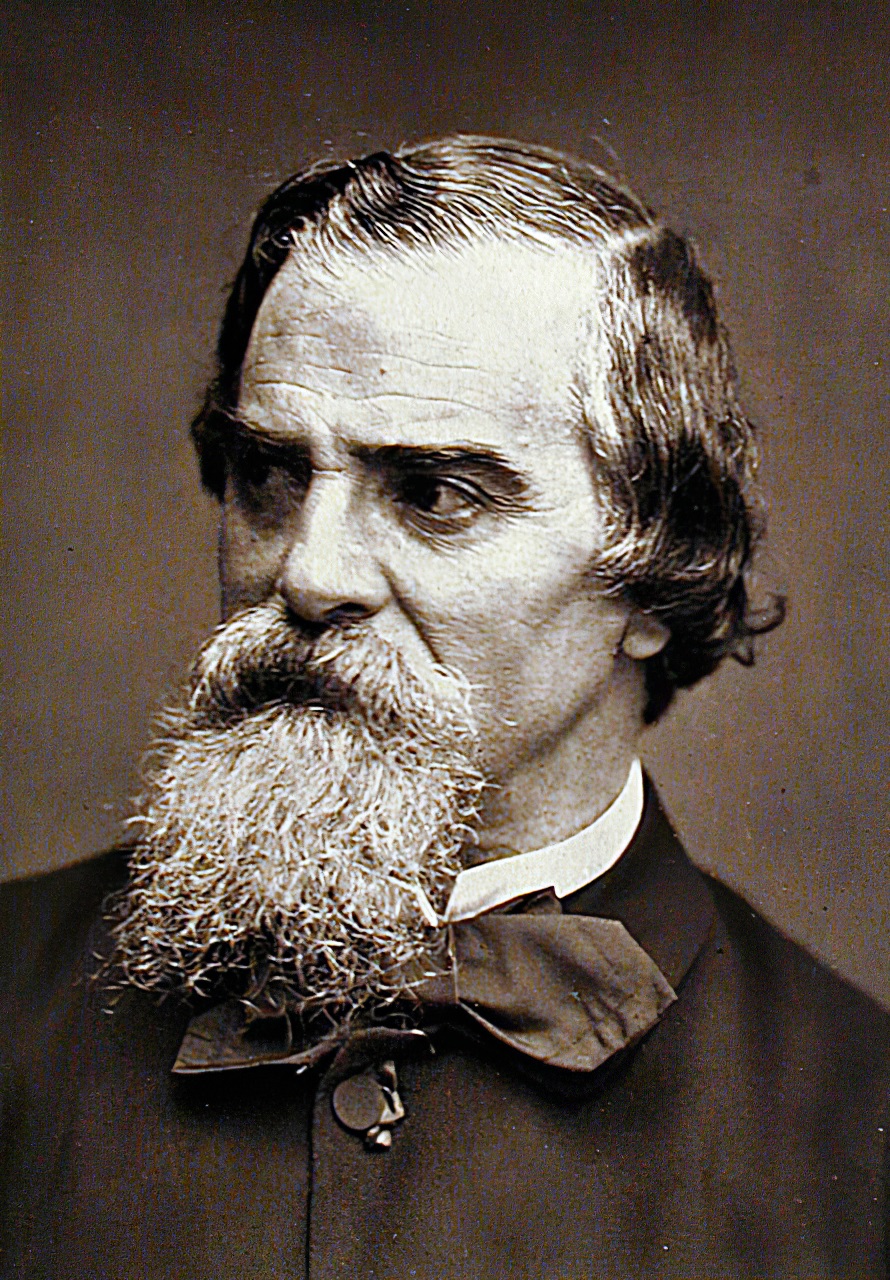
Narcisse Virgilio Díaz de la Peña was a French painter of the Barbizon school.
Díaz exhibited many pictures at the Paris Salon, and was decorated in 1851 with the rank of Chevalier (Knight) of the Légion d’honneur.
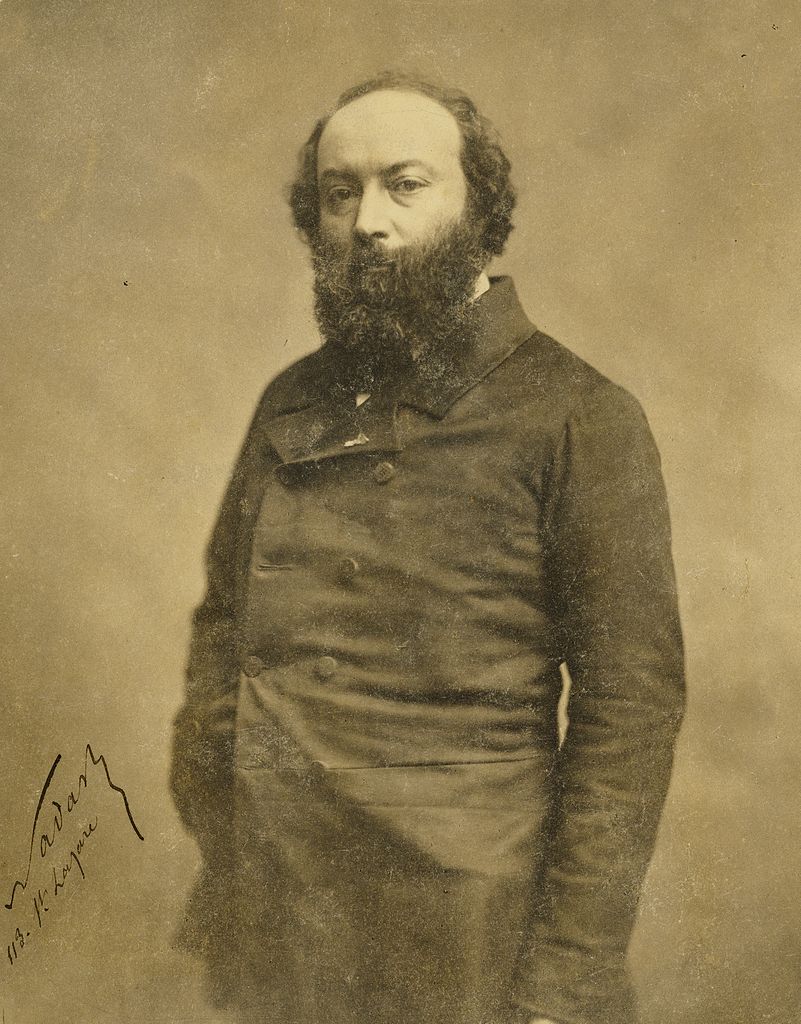
Théodore Rousseau was a prominent French painter, celebrated for his pioneering contributions to the Barbizon school of landscape art. His dedication to capturing nature's essence made him a pivotal figure in landscape painting's evolution. Rousseau's technique involved painting directly from nature, a method that infused his works with a profound sense of realism and vitality. This approach was notably evident in his masterpiece "An Avenue of Trees, Forest of l'Isle-Adam," where he meticulously captured a scene entirely outdoors, a testament to his commitment to authenticity and detail.
Théodore Rousseau's artistry wasn't confined to painting alone; his drawings, like the detailed "Study of an Oak Tree," demonstrate his versatility and deep connection with nature. His works received significant recognition, culminating in a triumphant display at the Universal Exposition of 1855. However, his life was not devoid of challenges. Personal tragedies and professional setbacks marked his later years, yet his resolve and dedication to art remained unshaken.
For art enthusiasts and collectors, Théodore Rousseau's works are pivotal, not just for their beauty but also for their role in the history of landscape painting. His pieces like "The Great Oaks of Old Bas-Bréau" are cherished in collections worldwide, serving as enduring symbols of his talent and his profound influence on subsequent art movements.
For those interested in the intersection of nature and art, subscribing to updates on Théodore Rousseau can provide invaluable insights into his life's work, his contributions to the Barbizon school, and his lasting impact on the world of art. Stay informed about new discoveries, sales, and auction events related to Rousseau's oeuvre to deepen your appreciation and understanding of this illustrious artist's legacy.
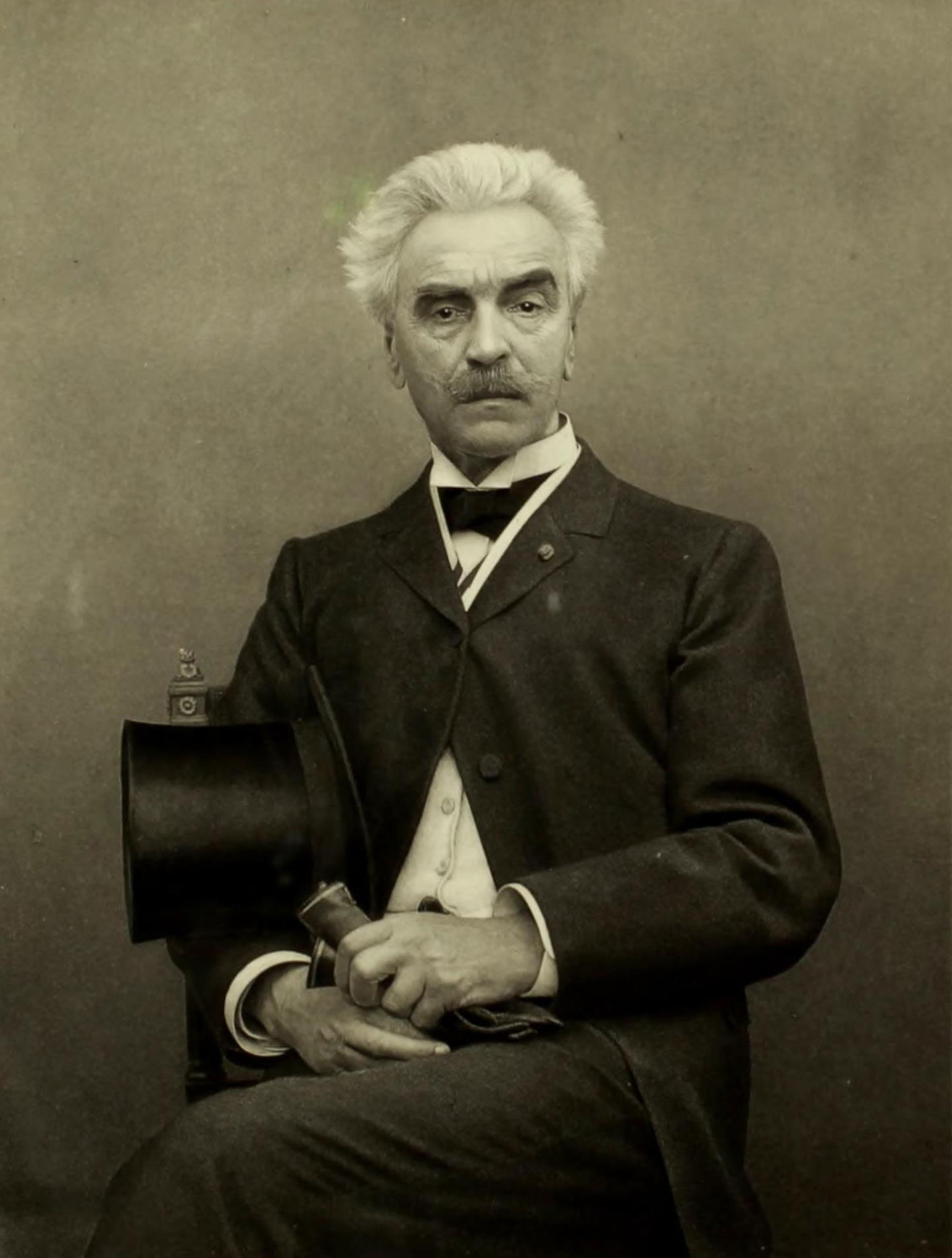
Jean-Léon Gérôme was a prominent 19th-century French painter, a representative of the academic school of painting. His paintings are notable for their impeccable composition and exquisite colour palette.
Jean-Léon Gérôme did not accept the work of the Impressionists, whom he considered to be the ignominy of French art. This has earned him a controversial reputation as a fierce supporter of academism and a persecutor of new movements.

François Auguste René Rodin was a French sculptor, generally considered the founder of modern sculpture. He was schooled traditionally and took a craftsman-like approach to his work. Rodin possessed a unique ability to model a complex, turbulent, and deeply pocketed surface in clay. He is known for such sculptures as The Thinker, Monument to Balzac, The Kiss, The Burghers of Calais, and The Gates of Hell.
Many of Rodin's most notable sculptures were criticized, as they clashed with predominant figurative sculpture traditions in which works were decorative, formulaic, or highly thematic. Rodin's most original work departed from traditional themes of mythology and allegory. He modeled the human body with naturalism, and his sculptures celebrate individual character and physicality. Although Rodin was sensitive to the controversy surrounding his work, he refused to change his style, and his continued output brought increasing favor from the government and the artistic community.
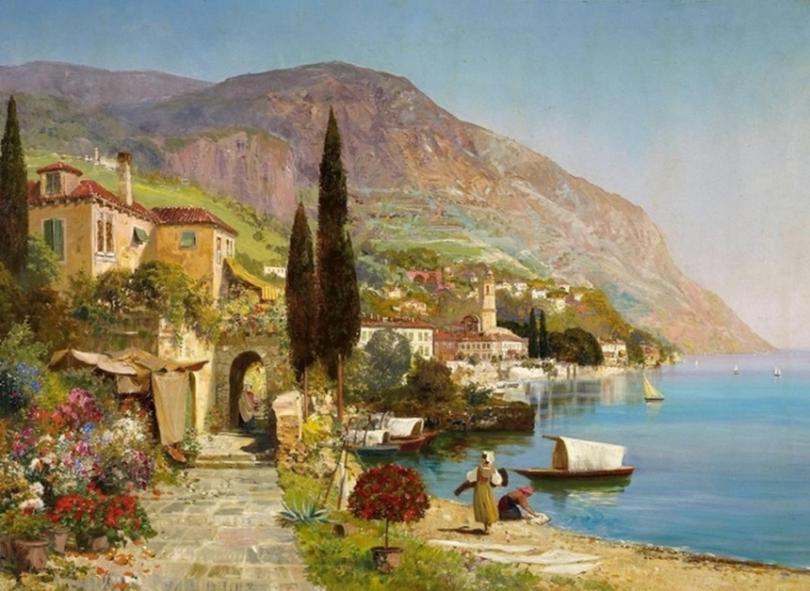
Alois Arnegger was an Austrian painter. He studied at the Academy of Fine Arts Vienna and was taught by Robert Russ and August Eisenmenger. Alois Arnegger became famous as a scene painter.
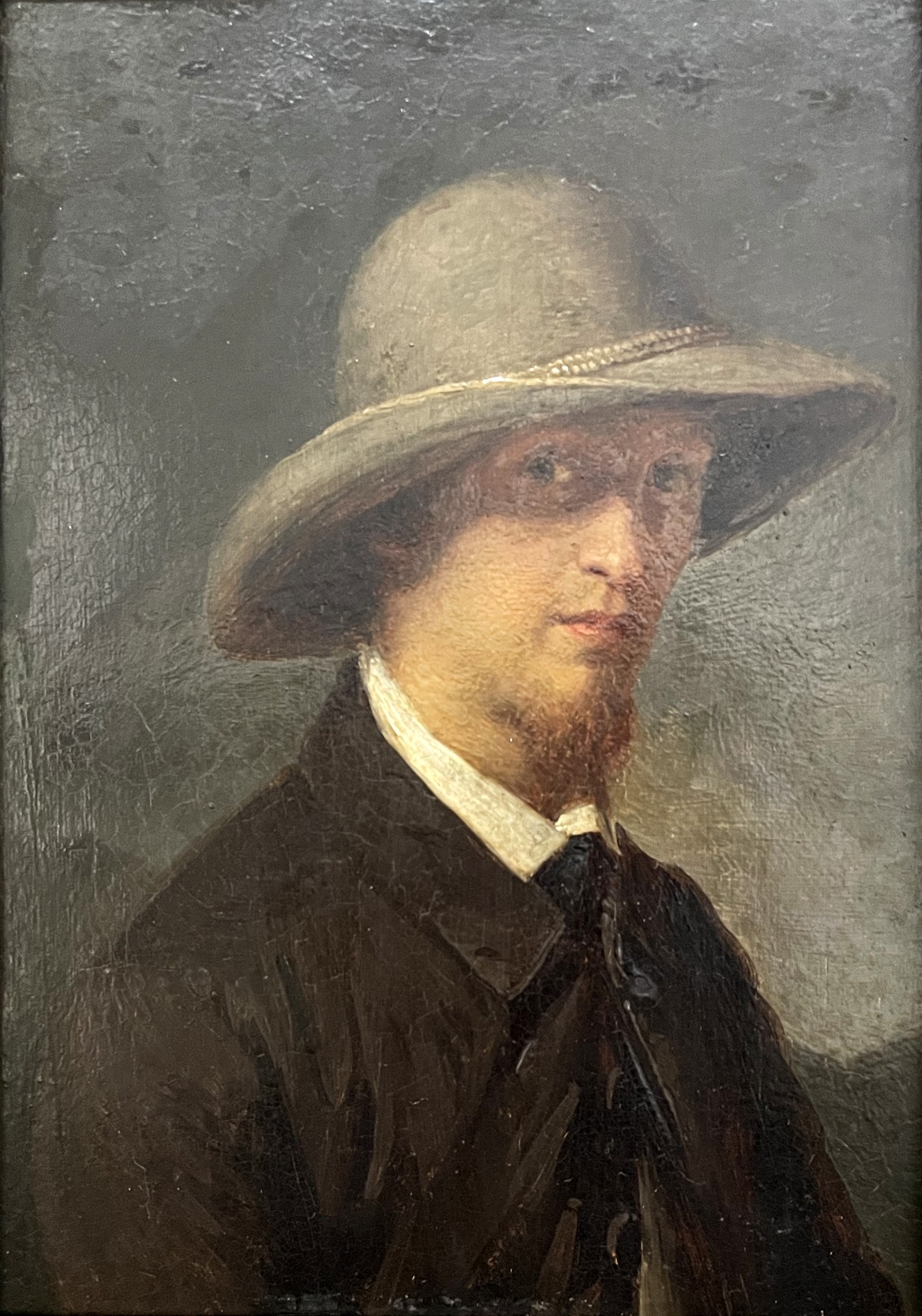
August Wilhelm Leu was a German landscape painter of the Romantic era. Most of his paintings are large format and depict scenes in Norway and the Alps. He studied painting under Johann Wilhelm Schirmer at the Düsseldorf Academy of Art.
August Wilhelm Loy's landscapes are characterized by a magnificent romantic conception of Alpine nature, masterful rendering, bright colours and well calculated light effects. Loy attached great importance to the particularly detailed design of the foreground.
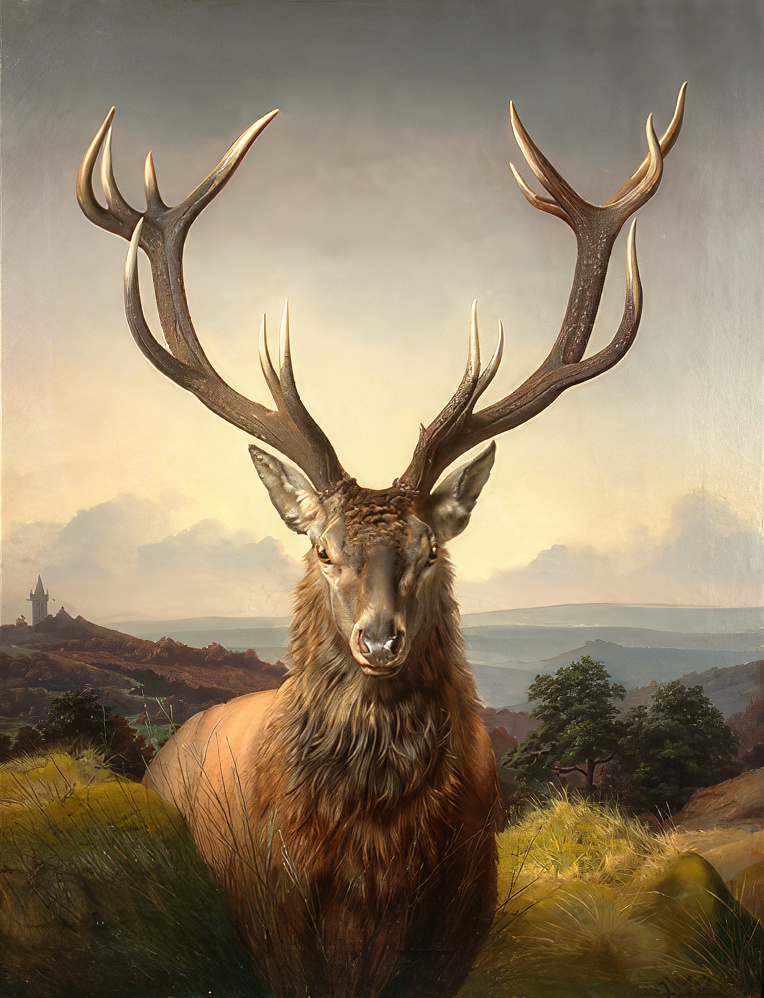
Carl Friedrich Deiker was a German animal painter.
He depicted with particular interest the wild animals of Germany - deer and wild boar; battles between male deer, broods of wild piglets escaping from hunters. Some of his canvases are devoted to birds of prey - falcons, hawks as well as grouse, grouse; the life of foxes, hares and other animals and birds. The painter also illustrated animal scenes in art magazines and hunting literature.
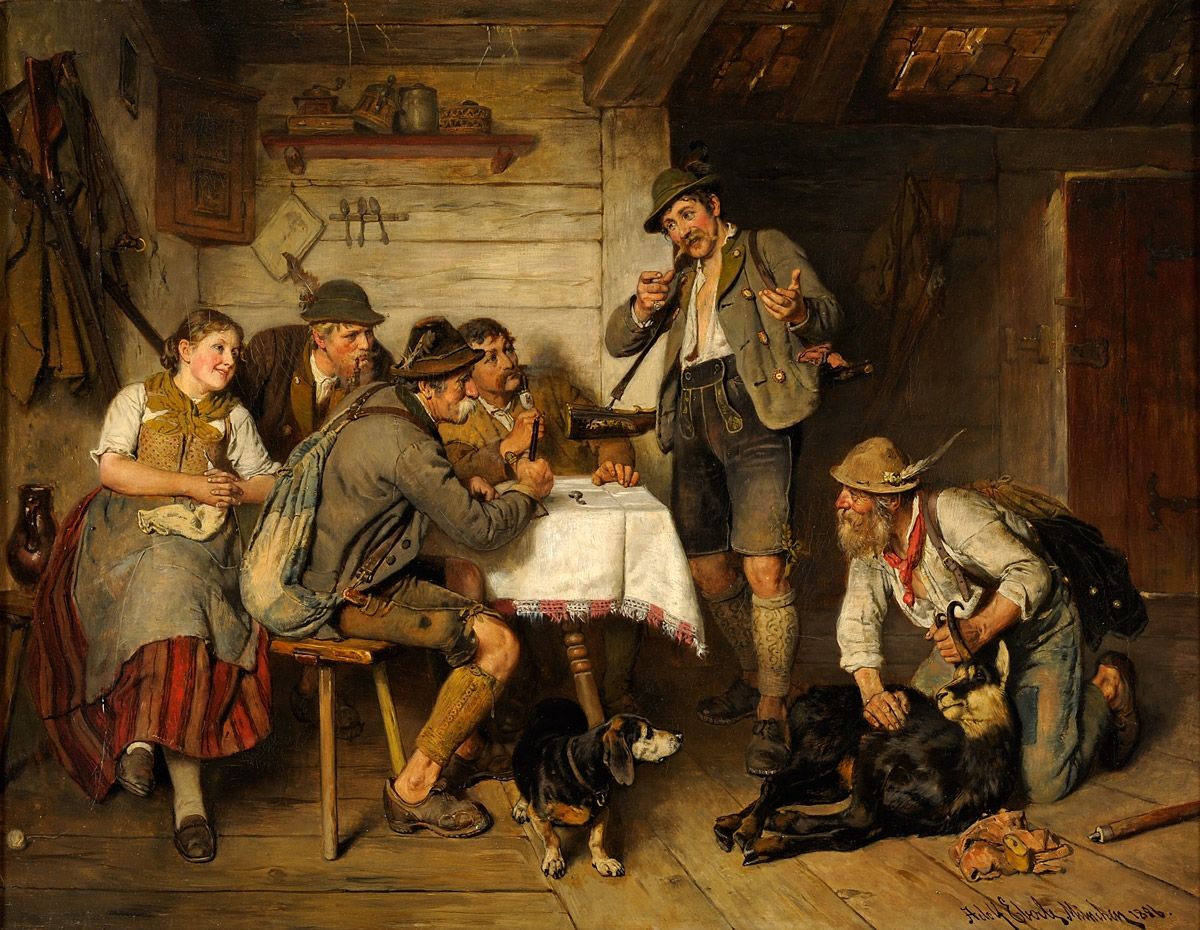
Adolf Eberle was a German painter of the second half of the nineteenth and early twentieth centuries. He is known as a genre painter and animalist.
Adolf Eberle specialized in depicting rural life, especially Bavarian and Tyrolean farmers and hunters. Early in his career, he was interested in historical subjects, but quickly returned to depicting peasant and animal life. His painting "The Sale of the Last Cow" brought him his first great success in 1861, and in 1879 at the Munich exhibition his work "The First Deer" was highly praised by the jury.
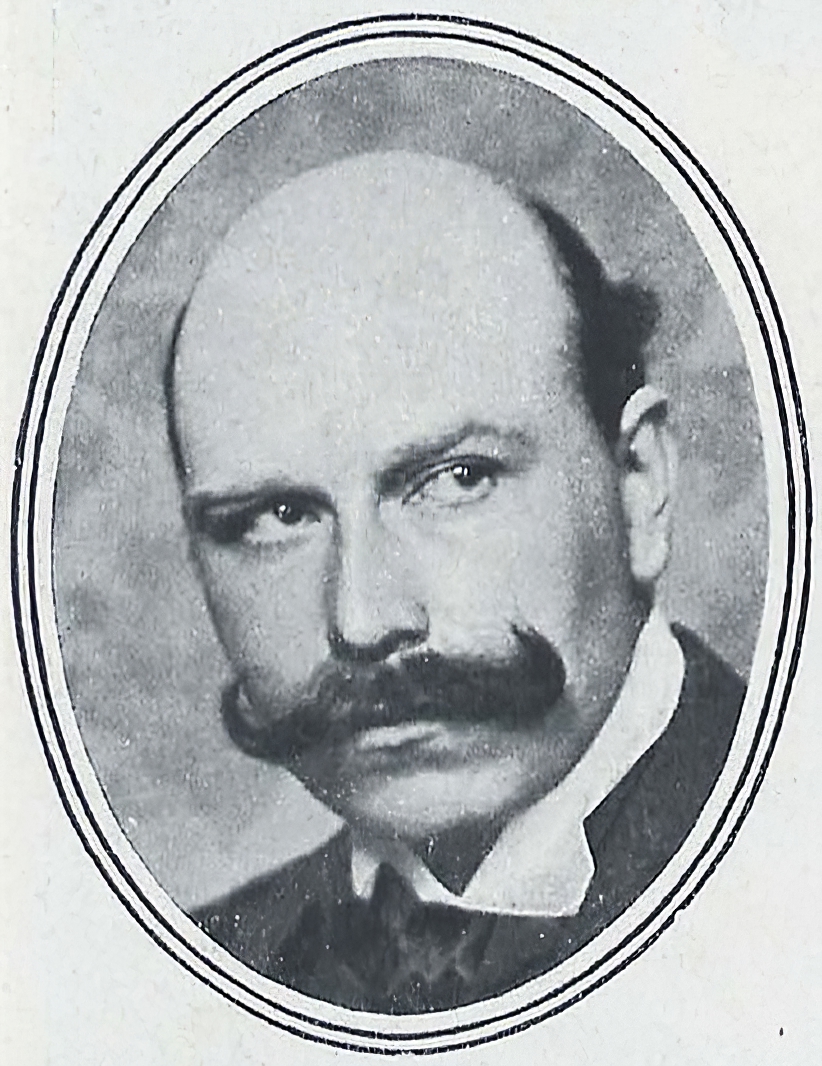
Arthur Kampf was a German painter. He was associated with the Düsseldorf school of painting.
Kampf's work is most strongly associated with the genre of traditional history painting, though throughout his lifetime he explored styles influenced by Impressionism and Art Nouveau. He was also celebrated for large scale portrait work and in particular children's portraiture. Kampf also worked extensively as an illustrator, contributing drawings to volumes by Shakespeare (1925), R. Herzog, History of Prussia (1913) and J.W. Goethe, Faust (1925). Kampf's artwork post World War II largely focused on religious themes.
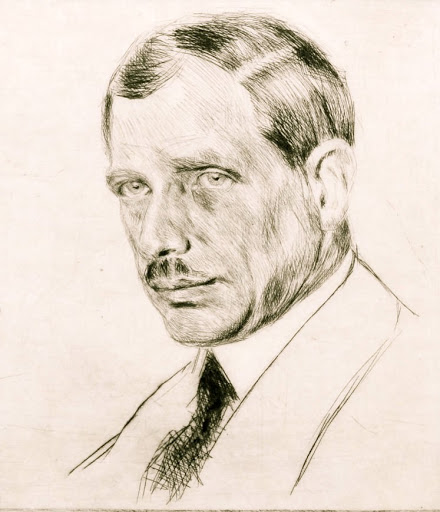
Max Clarenbach was a German painter of the first half of the twentieth century. He is known as a painter, landscape painter, genre painter and teacher and is considered one of the most important representatives of Rhenish painting of his time.
Max Clarenbach made study trips to Italy and Holland early in his career, where he formed his genre preferences and became a landscape painter. His work reflected the influence of the Hague School and the French Barbizonians. The artist skillfully depicted winter scenes and the nature of western Germany. He also painted sports and street scenes.
Clarenbach was one of the organizers of the Düsseldorf Sonderbund and taught at the Düsseldorf Academy of Art.

Max Clarenbach was a German painter of the first half of the twentieth century. He is known as a painter, landscape painter, genre painter and teacher and is considered one of the most important representatives of Rhenish painting of his time.
Max Clarenbach made study trips to Italy and Holland early in his career, where he formed his genre preferences and became a landscape painter. His work reflected the influence of the Hague School and the French Barbizonians. The artist skillfully depicted winter scenes and the nature of western Germany. He also painted sports and street scenes.
Clarenbach was one of the organizers of the Düsseldorf Sonderbund and taught at the Düsseldorf Academy of Art.

Max Clarenbach was a German painter of the first half of the twentieth century. He is known as a painter, landscape painter, genre painter and teacher and is considered one of the most important representatives of Rhenish painting of his time.
Max Clarenbach made study trips to Italy and Holland early in his career, where he formed his genre preferences and became a landscape painter. His work reflected the influence of the Hague School and the French Barbizonians. The artist skillfully depicted winter scenes and the nature of western Germany. He also painted sports and street scenes.
Clarenbach was one of the organizers of the Düsseldorf Sonderbund and taught at the Düsseldorf Academy of Art.
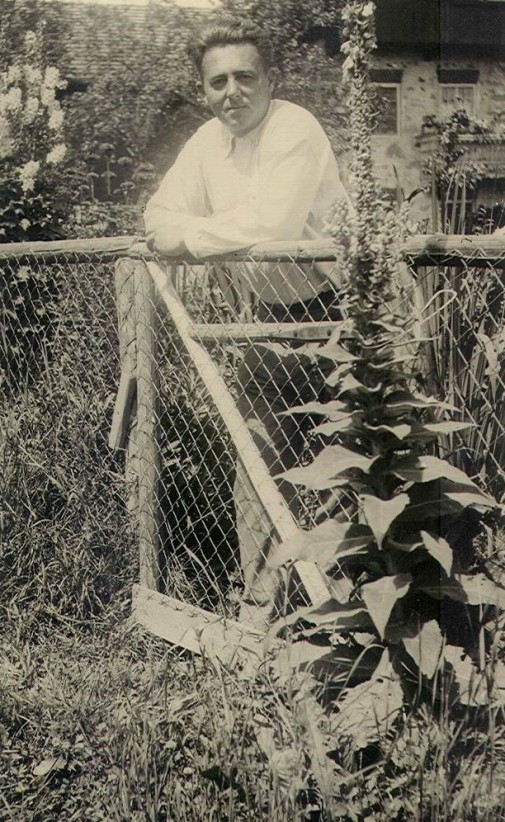
Arnold Balwé was a German post-impressionist painter.
He studied at the Antwerp Academy of Art and the Academy of Fine Arts in Munich, traveled extensively and painted landscapes he saw. Balwe's work is characterized by color intensity and vitality.
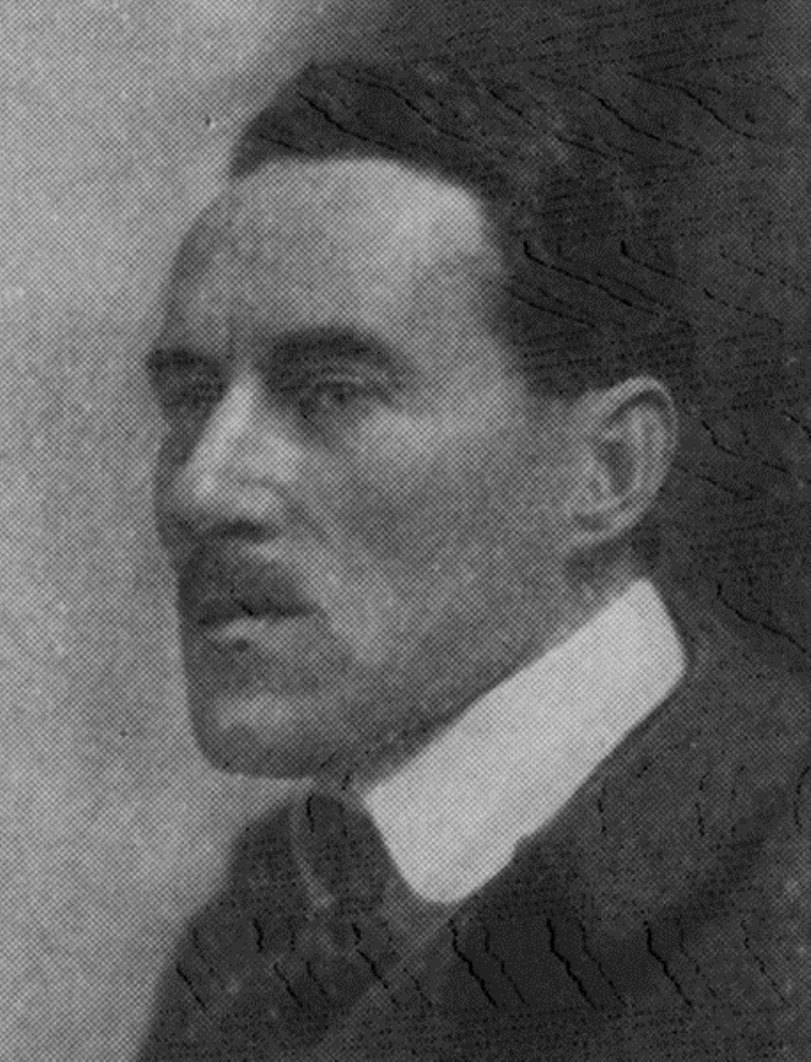
Ludwig Vierthaler, a distinguished German sculptor and educator, left an indelible mark on the art world of the 20th century. Born on January 16, 1875, in Munich, Vierthaler became renowned for his dynamic sculptures that reflect the spirited essence of the Hanoverian artistic legacy.
Educated at the Royal School of Applied Arts in Munich, Vierthaler's talent blossomed under the guidance of prominent figures of the time. His work with Tiffany & Co in New York City infused his art with a new perspective, particularly his fascination with oceanic imagery published in the late 19th century. Upon his return to Germany, Vierthaler played a pivotal role in the Munich Secession movement, known for its rebellion against the traditional art styles of the period.
Vierthaler's sculptures, which often graced public spaces, were not just admired for their aesthetic appeal but also for the way they captured the fluidity of movement within the rigidity of metal. His works are recognized for their artistic innovation and the unique blend of American metalwork inspiration with German artistry.
For art collectors and historians, Vierthaler's sculptures are a gateway to the rich cultural period of the Munich Secession. His works continue to be celebrated in galleries and at auctions, where they are sought after for their historical significance and artistic beauty.
Dive deeper into the world of Ludwig Vierthaler's sculptures by signing up for our updates. Join us in celebrating the legacy of one of the most influential sculptors of the Hanoverian era.
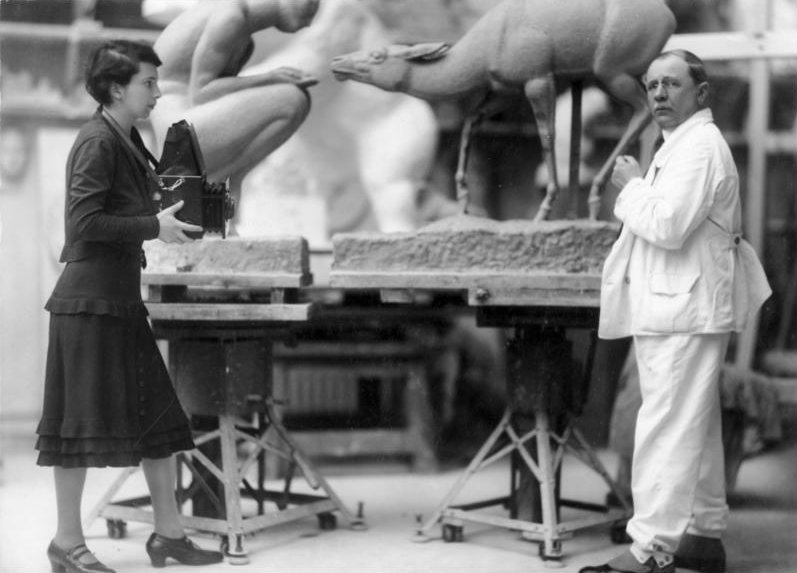
Hugo Lederer was a German sculptor and medallist. He lived and worked in Berlin during the reign of Kaiser Wilhelm II and the first German democracy. His most famous work is the monumental monument to Bismarck in Hamburg (1902-1906).
Hugo Lederer always stood on the side of upper-class modernism and opposed the anti-bourgeois left-wing or popular art scene. Initially he was still following Reinhold Begas and his neo-Baroque style, the Gründerzeit art movement favoured by Kaiser Wilhelm II and despised by many intellectuals of the time.
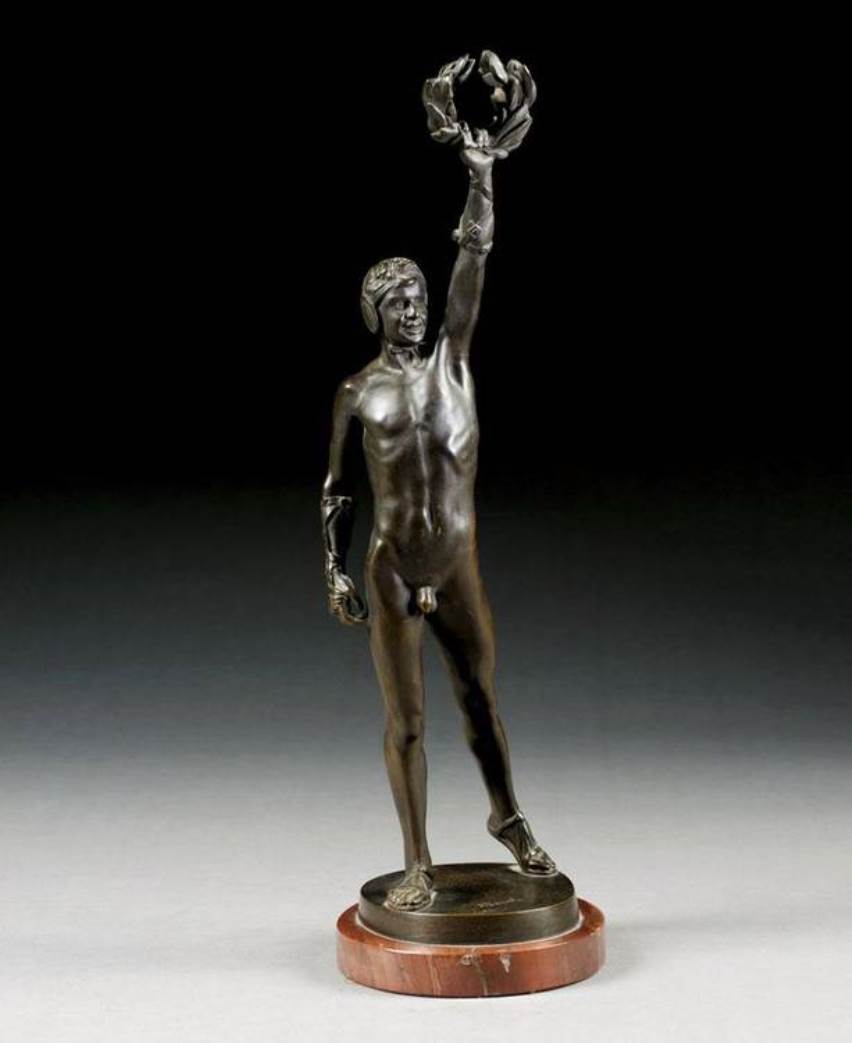
Heinrich Baucke was a German sculptor renowned for his neo-baroque masterpieces, flourishing at the turn of the 20th century. Born in Düsseldorf on April 15, 1875, Baucke dedicated his life to the creation of statues and memorials that captured the nobility and distinguished figures of his time.
Trained at the Kunstakademie Düsseldorf under the tutelage of Karl Janssen from 1891 to 1900, Baucke's sculptures won him first prizes in competitions, solidifying his reputation as a preeminent artist. His works, primarily in bronze, are celebrated for their intricate detail and evocative presence. One of his earliest successes, "The Victorious Boxer" created in 1897, today stands in the Kunsthalle Düsseldorf, a testament to his skill and artistic vision.
Baucke's creations are not just pieces of art; they are historical dialogues in metal, with works like the bust of German Emperor Wilhelm I and the statue of King Friedrich I adorning public spaces, bridging the past with the present. His death on April 12 or 13, 1915, in Ratingen, marked the end of an era for German neo-baroque sculpture.
For collectors and art historians, Baucke's works offer a glimpse into the neo-baroque sensibilities of a bygone era. His sculptures, which often graced public spaces and exhibitions, now hold a place of honor in galleries and are sought after in auctions for their historical and artistic value.
Explore the legacy of Heinrich Baucke by signing up for our newsletter, and seize the opportunity to collect pieces from one of the neo-baroque's finest sculptors.

Ernst Ludwig Kirchner was a pivotal figure in the art world, known for his profound impact on 20th-century Expressionism. Born in Bavaria, Germany, on May 6, 1880, Kirchner's journey into art began with architecture studies before he found his true calling in painting and printmaking. In 1905, alongside fellow architecture students, he co-founded Die Brücke ("The Bridge"), a group that sought to revolutionize art by bridging the gap between traditional academic styles and modern artistic expression. This group was instrumental in the development of Expressionism, advocating for intense emotion conveyed through vivid colors and bold lines.
Kirchner's work, characterized by its expressive intensity and often exploring themes of urban life and the human psyche, reflects a deep engagement with the cultural and social upheavals of his time. Notably, his experiences during World War I, including a mental breakdown and subsequent discharge from military service, deeply influenced his art. Works like "Self-Portrait as a Soldier" (1915) poignantly encapsulate the personal and societal trauma of the era.
After the war, Kirchner sought solace in Davos, Switzerland, where the tranquil landscapes inspired a new direction in his work, showcasing a more serene and reflective approach. Despite his contributions to modern art, Kirchner's later years were marred by the Nazi regime's denunciation of his work as "degenerate," leading to the destruction and dispersal of many pieces. Tragically, this persecution contributed to his decision to end his life on June 15, 1938.
Kirchner's legacy is preserved through his influential body of work, from vivid urban scenes to tranquil landscapes, all marked by a distinctive, expressive style that continues to captivate art collectors and experts. His works are held in major museums worldwide, including the Museum of Modern Art in New York and the National Gallery of Art in Washington, underscoring his enduring influence on the art world.
For those interested in the profound impact of Ernst Ludwig Kirchner on modern art and Expressionism, subscribing to updates on new product sales and auction events related to his work can provide valuable insights. This subscription is an opportunity for collectors and art experts to stay informed about the availability of Kirchner's influential pieces and related events.
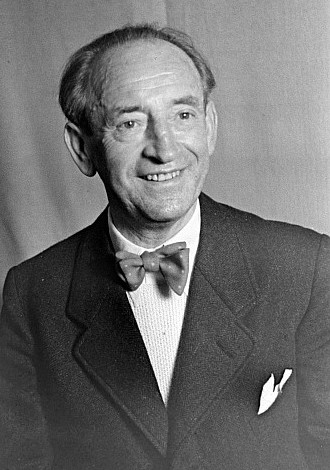
Max Pechstein, a German Expressionist painter and printmaker, was a significant figure in the art world known for his vibrant use of color and dynamic compositions. Born in Zwickau in 1881, Pechstein's journey into the realms of expressionism began with his training as a decorator's apprentice before moving to Dresden to further his studies at the Kunstgewerbeschule. His career took a pivotal turn in 1906 when he met Erich Heckel and joined the Die Brücke group, alongside other notable artists such as Ernst Ludwig Kirchner and Karl Schmidt-Rottluff, which marked the beginning of his foray into revolutionary art and expressionism.
Pechstein's art was not just confined to painting; he was also a master printmaker, with a prolific output that included 421 lithographs, 315 woodcuts and linocuts, and 165 intaglio prints, predominantly etchings. His works often depicted scenes from nature, social gatherings, and elements of primitive art, reflecting his interest in the raw and unrefined aspects of culture and humanity. This diverse body of work was recognized for its bold innovation and unique perspective, which significantly contributed to the expressionist movement.
The Nazis' rise to power in 1933 had a profound impact on Pechstein's career. His works were deemed degenerate, and he faced severe repression, including the removal of 326 of his paintings from German museums and his dismissal from his teaching position at the Preussische Akademie der Künste. Despite these challenges, Pechstein's legacy endured, and after World War II, he was reinstated to his teaching post and received numerous accolades for his contributions to art.
Pechstein's works are held in high esteem in museums and galleries worldwide. Notably, his etchings, which depicted the grim realities of war, are housed in the Imperial War Museum in London, showcasing his ability to convey profound emotional and psychological experiences through art. Additionally, his painting "Summer in Nidden," which captures the idyllic beauty of the Baltic coast, is part of the collection at the Museo Nacional Thyssen-Bornemisza in Madrid, illustrating his love for natural landscapes and vibrant, expressive use of color.
For collectors and experts in art and antiques, Hermann Max Pechstein's works offer a fascinating glimpse into the early 20th-century expressionist movement, characterized by a bold exploration of color, form, and social commentary. His contributions to modern art are invaluable, providing insight into the cultural and historical context of his time.
To stay informed about new product sales and auction events related to Hermann Max Pechstein, we invite you to sign up for updates. This subscription will ensure that you are the first to know about opportunities to acquire works by this influential artist, allowing you to add to your collection of significant expressionist art.
